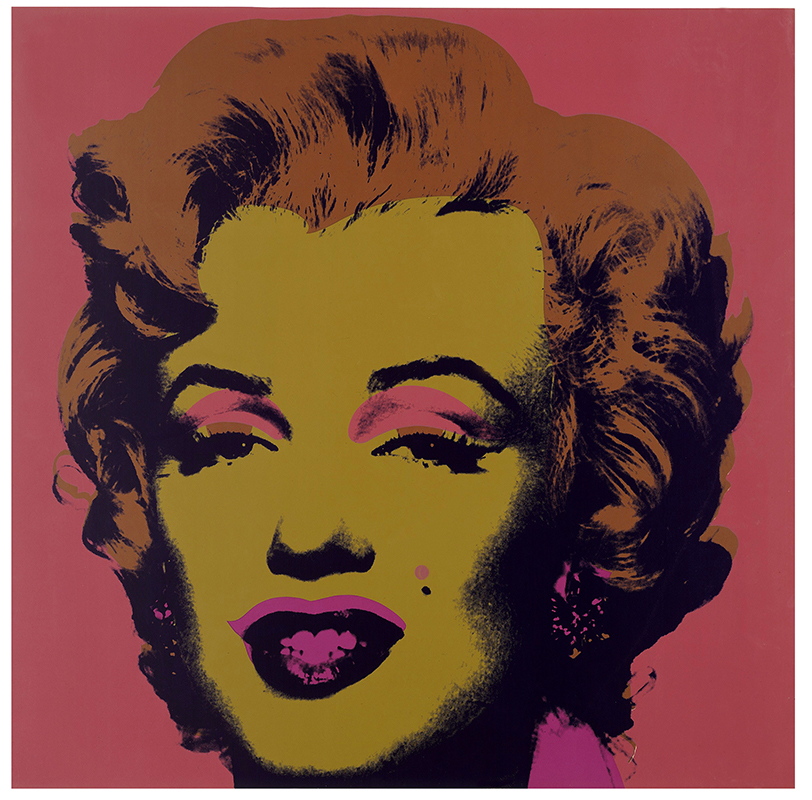Filmmaker, photographer, painter, commercial illustrator, music producer, writer and even fashion model—Andy Warhol was a true radical in his approach to art. The breadth and significance of his influence have made him one of the most important artists of the 20th century. He challenged traditional boundaries of art practice, blurring the lines between art, business, and life. He turned everyday life into art and art into a way to live the everyday, collecting, documenting, reproducing, experimenting, and collaborating with the people, places, and things around him. Warhol’s enthusiasm for life was rivaled only by his love for the methods of capturing it. He loved the framing device—the camera, the silkscreen, the empty box, the tape recorder, the shopping bag, the telephone—as much as the content it framed. Perhaps Warhol’s greatest innovation was that he saw no limits to his practice. His pop sensibility embraced an anything-can-be-art approach, appropriating images, ideas, and even innovation itself.
This exhibition features selections from Warhol’s forty-year span of work in the art of photographic silkscreen printmaking. While many of the works were made in the 1970s and 1980s, their subject matter—iconic people, trends, and issues—reflects his decades-long process of mirroring popular American culture. Warhol transforms photographic imagery, from rather mundane still lifes of fruits to portraits of comic characters and endangered species, through color, design, form, and multiples. Due to the infinite possibilities of printmaking, Warhol’s portfolios contain a vast array of techniques, ranging from collage and drawing to the use of “diamond dust” and color variation.
Warhol was extremely interested in color, and his personal library contained many books on the great modern colorists, including Henri Matisse, Pierre Bonnard, and Josef Albers. Warhol mixed colors, but he also used them straight. In the 1970s and 1980s, Warhol worked with assistants and printers to create the print portfolios Sunset, Grapes, Space Fruit: Still Lifes, Ten Portraits of Jews of the Twentieth Century, Myths, Endangered Species, and others. The color choices in these series were very important to the artist. For the Sunset series, Warhol originally created 632 prints of the Sun, each with a different combination of colors. In the Myths and Grapes series, Warhol used a glittery substance called “diamond dust” to draw attention to the surface and to create changes in the colors of the prints. In the Endangered Species series, he used bright and complementary combinations of colors to draw attention to the animals and their plight.
This exhibition includes over 100 objects, including 10 complete limited-edition print portfolios, album covers, magazines, and works by related artists Robert Mapplethorpe and Keith Haring.
This Exhibition is made possible through the Bank of America Art in our Communities program.


